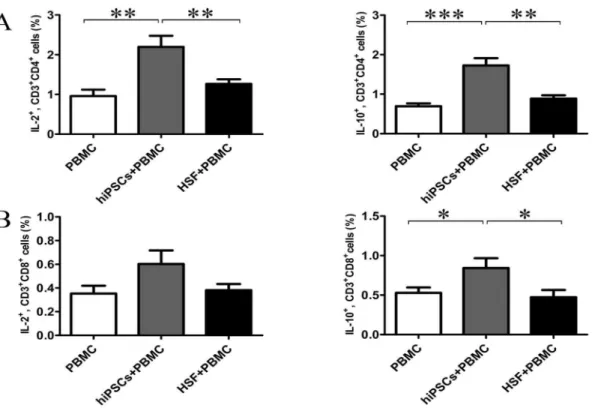Negligible immunogenicity of induced pluripotent stem cells derived from human skin fibroblasts.
Texto
Imagem
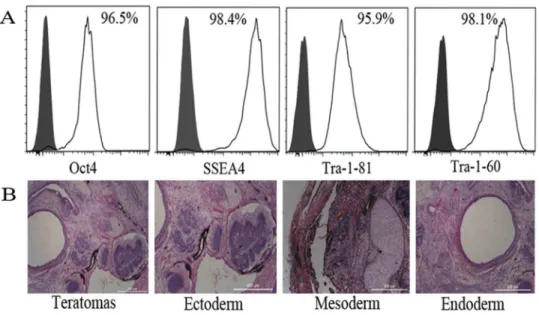
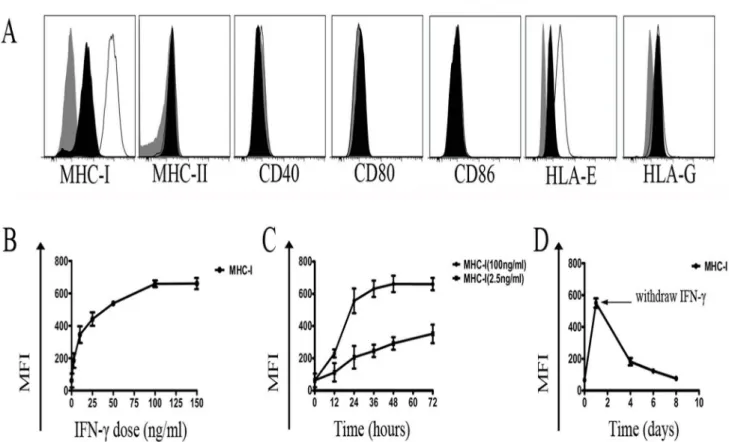
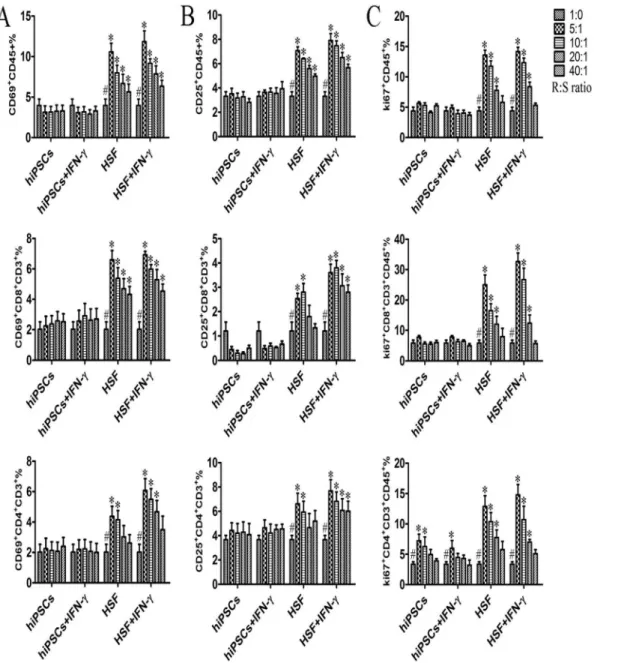
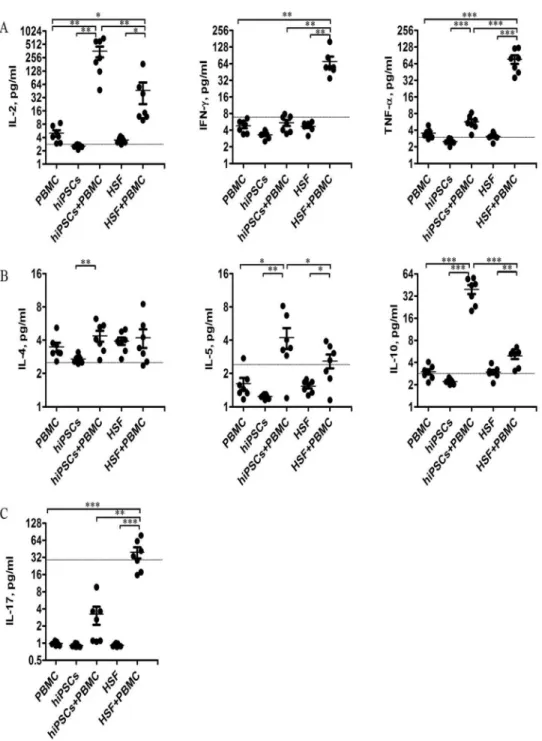
Documentos relacionados
We can consider two main approaches for deriving reprogrammed human neurons from patients: neuronal differentiation from somatic cell-derived induced pluripotent stem cells and
Here, we propose that CD34 + progenitor cells, which retain hematopoietic and endothelial cell potential, could be efficiently obtained from iPSCs derived from human bone
O referido estudo, chega à conclusão de que a avaliação e registo sistemático da dor, encarando esta como 5º sinal vital, embora necessário para a qualidade dos cuidados, pode
There is other stem cell research that does not involve the destruction of a human embryo involving adult stem cells, amniotic stem cells and induced pluripotent stem
These immune cells produce cytokines such as tumor necrosis factor (TNF) that bind to TNF receptor 1, which is also upregulated in the human glaucomatous optic nerve.[ 6 , 8 , 9
Here, we describe the generation of induced pluripotent stem cells (iPSc) from head-derived primary culture of mouse embryonic cells using small chemical inhibitors of the MEK
The impact of compound A and methylprednisolone on Th1 cytokines To investigate how the selective GR modulator compound A impacts human cells and tissues, we treated ex vivo human
Tissue- and cell-type-specific manifestations of heteroplasmic mtDNA 3243A>G mutation in human induced pluripotent stem cell-derived disease model. Proc Natl Acad
